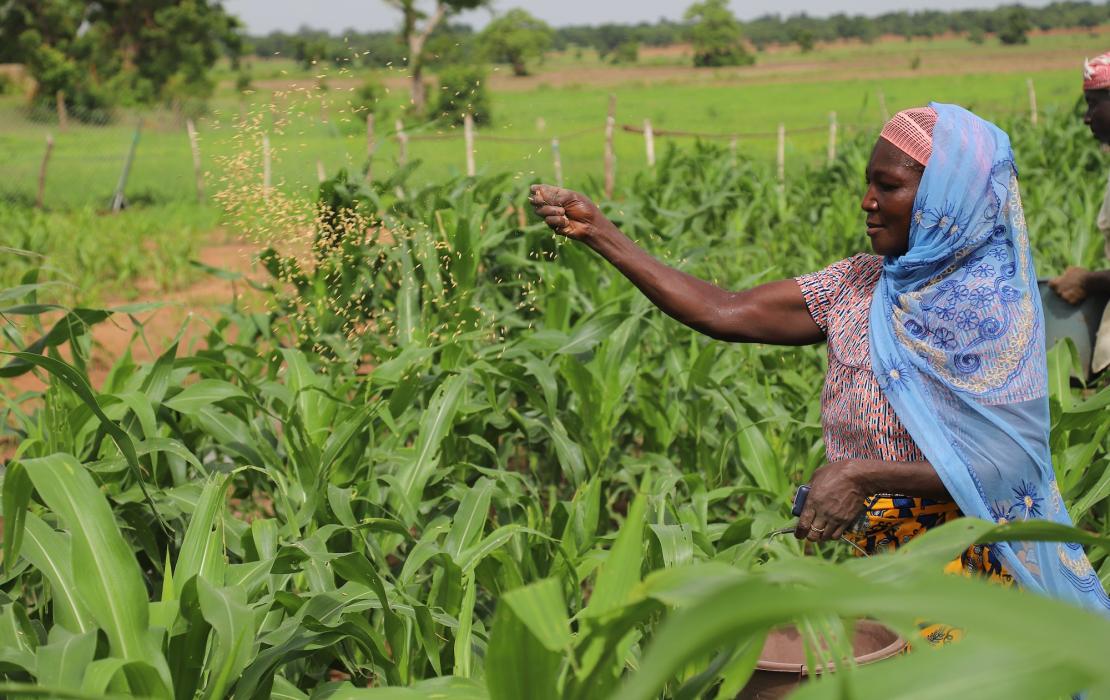0.47%
Share of global GHG emissions
Based on data from Climate Watch (CAIT 2020), developed and maintained by the World Resources Institute. #156
Climate Vulnerability Index ranking
A higher number means a higher vulnerability to climate change. Based on the ND-GAIN Index (2021), developed by the University of Notre Dame. #129
Human Development Index ranking
A lower number means a better human development score. Based on the Human Development Index (2021), developed by UNDP. 89.47 Mt
Conditional CO2e emissions reduction target by 2030
(compared to business as usual)
The highest emissions reduction target, conditional or unconditional, included in the country’s latest NDC. NDC Status
Bangladesh submitted its revised NDC in August 2021.
Key highlights from the NDC
- Bangladesh increased its conditional emissions reduction target from 36 MtCO2e to 89.47 MtCO2e by 2030 compared to business as usual.
- The country also increased its unconditional emissions reduction target from 12 MtCO2e to 27.56 MtCO2e by 2030 compared to business as usual.
- The revised NDC highlights progress made on adaptation, which is a key priority for the country.
- The development of a comprehensive National Adaptation Plan (NAP) is currently underway.
Adaptation and resilience areas in the NDC
- Food
- Agriculture
- Forestry
- Water
- Infrastructure
- Disaster risk management
The Climate Promise is being delivered in collaboration with key partners. Thanks to our partners in Bangladesh:
Last Updated
Latest Publications
See allLeast developed countries (LDCs) are low-income countries confronting severe structural impediments to sustainable development.







